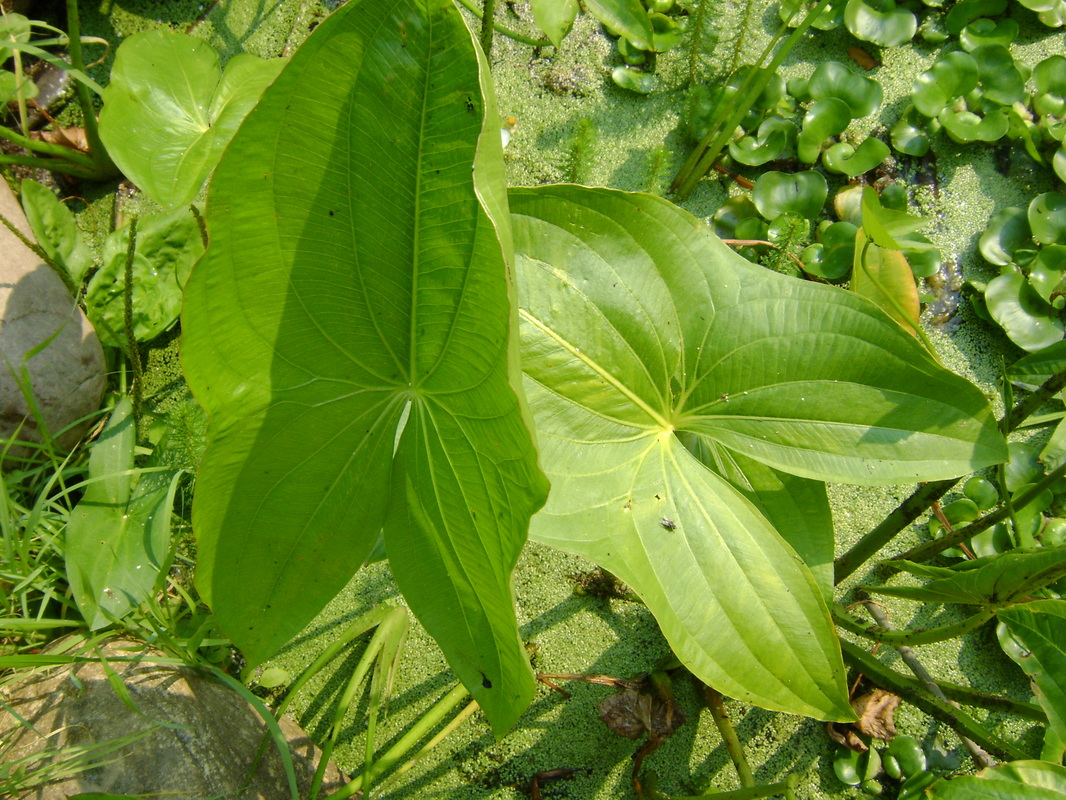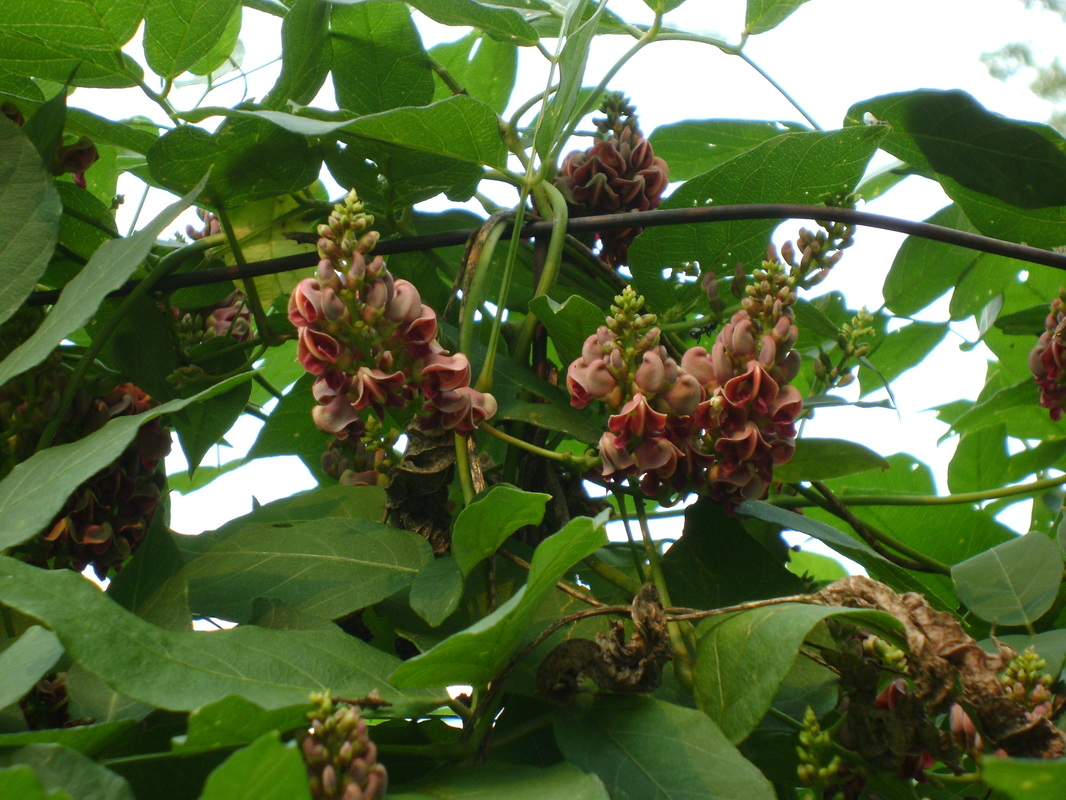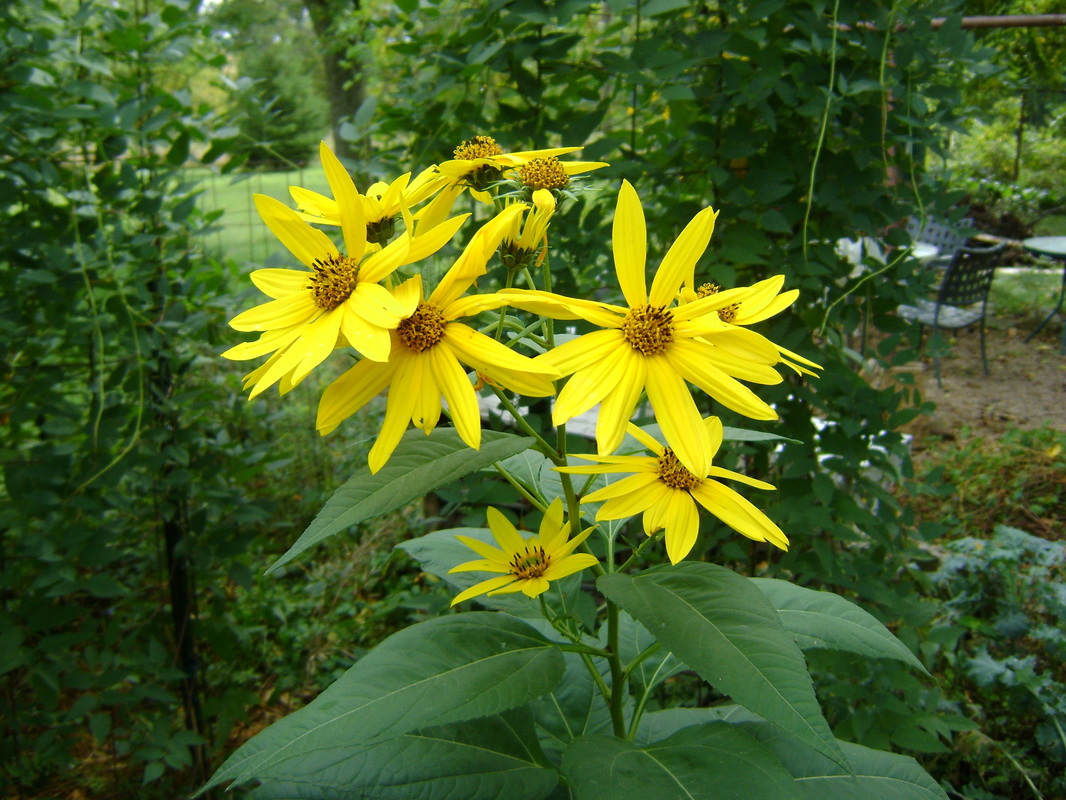UNUSUAL PERRENNIAL VEGETABLES
YOU MAY NOT KNOW
From Theresa
A cornerstone of permaculture gardening is to get the majority of your food from perennial plants. Permaculture seeks to imitate Nature and grow food in a way that makes it part of a sustainable ecological system, as compared to traditional agriculture, which attempts to reset nature's clock each Spring and plant everything from scratch, over and over again. Wouldn't it be nice to not have to grow our food from seed every year?
We can imitate Nature by growing as many edible perennials as possible:
We can imitate Nature by growing as many edible perennials as possible:
- Perennials don’t require disturbing the soil every year, which is harmful to its structure and fertility.
- Perennials recover more quickly from a harvest because they have more biomass. The rest of the plant is there to help it grow back.
- Perennials are easier to care for- once established, perennials need little care and usually no supplemental watering.
The Plants:
At Our Tiny Homestead, Theresa has been experimenting with little known perennial vegetables to see what grows well and what tastes good. Click to learn more about:
Resources:
Here are my favorite sources for learning about little known perennial vegetables
(if you click on the links, you can buy them from Amazon):
Perennial Vegetables: From Artichoke to “Zuiki” Taro, a Gardener’s Guide to Over 100 Delicious, Easy-to-Grow Edibles by Eric Toensmeier. A great source for information about little known perennial vegetables. ISBN: 978-1-931498-40-1.
How to Grow Perennial Vegetables: Low-maintenance, Low-impact Vegetable Gardening by Martin Crawford. ISBN: 978-1-900322-84-3.
Edible Perennial Gardening: Growing Successful Polycultures in Small Spaces by Anni Kelsey. ISBN: 978-1-85623-149-7
(if you click on the links, you can buy them from Amazon):
Perennial Vegetables: From Artichoke to “Zuiki” Taro, a Gardener’s Guide to Over 100 Delicious, Easy-to-Grow Edibles by Eric Toensmeier. A great source for information about little known perennial vegetables. ISBN: 978-1-931498-40-1.
How to Grow Perennial Vegetables: Low-maintenance, Low-impact Vegetable Gardening by Martin Crawford. ISBN: 978-1-900322-84-3.
Edible Perennial Gardening: Growing Successful Polycultures in Small Spaces by Anni Kelsey. ISBN: 978-1-85623-149-7


